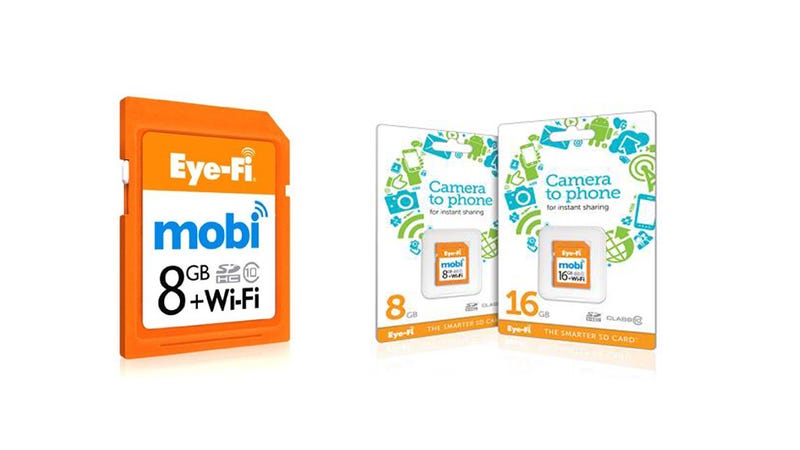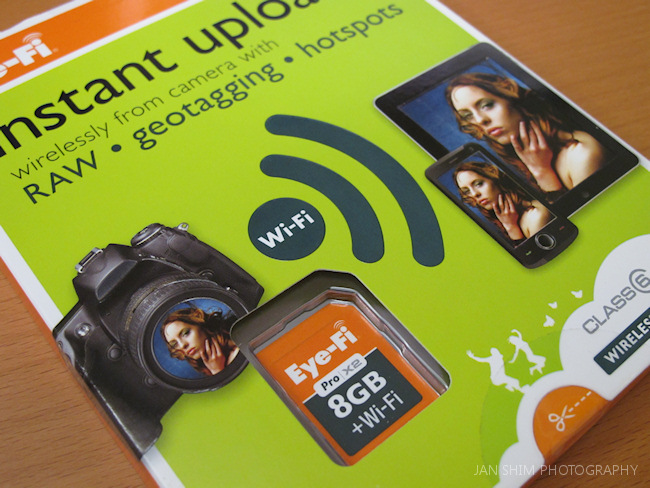- Eye-fi Not Transferring Raw Files
- Eye-fi Not Transferring Raw Files To Ipad
- Sony Ar7 Lll Transferring Raw Files
- Transferring Raw Files To Photoshop
RAW file transfer RAW files with the following extensions are supported: CRW, CR2, DNG, NEF, NRW, PTX, PEF, RAW and RW2. Certain ones, including Canon CRW, CR2 and Nikon NEF, will be transferred and a thumbnail rendering of the photo will be displayed as it arrives on your computer (when the Thumbnail Preview option is enabled in Eye-Fi Manager). I have a save file for Mario Kart Double Dash (GM4E.raw) on an old SD Card, and I want to move this save file to a new SD Card. Both the old. Jump to content. Raw files go to one card, JPG files go to the Eye-Fi in the second slot. From there, they are beamed to viewing stations. They’re not gunning it at 10fps, so for them, the older, slower, Class 6 cards are perfect. Eye-Fi cards are capable of transferring images (JPEG/RAW), as well as video. There are different types of cards available on the market and they come with different features/limitations. The “Pro” series are specifically targeted at those that want to transfer RAW files. To see a comparison between different cards, please see this page. EyeFi Updates Its Mobi Pro Line with RAW Syncing. By Anthony Thurston on March 12th 2015. I find my eye-fi mobi extremely useful. Fragile, but useful. I use it everyday. RAW is a different animal, and based on how slowly the RAW files would be transferring, It don’t seem much use in the field, especially for something like sports.
Connecting Eye-Fi card; need router or adapter?-MZ-Apr 20. RAW files approx 15.1MB each 55 seconds, once the camera was done processing. Each RAW file approx 9 seconds. Warning, the Pro card software does not do geotagging on the RAW files, only the jpeg files. Yes, doing RAW is harder than jpeg, but it is not impossible (see the free EXITTools) and Eye-Fi did not bother to do it!
The Eye-Fi Pro is an SD memory card with built-in Wi-Fi for digital cameras. The card provides photographers the option of transferring pictures without cables or card readers to a computer or to an online photo sharing Web site.
That's always been the essence of Eye-Fi products, but the new Pro model builds upon that foundation with additional features. Some of the features are found on other Eye-Fi cards, such as lifetime geotagging service, video uploading, and 4GBs of media storage. What Pro users get that others do not is the ability to send Raw files to their computer and to create an ad hoc network that doesn't require the Internet for file transfer.
The first thing I tested with the Eye-Fi Pro was the geotagging performance at various locations throughout Northern California, including the de Young Museum in San Francisco, Six Flags Discovery Kingdom in Vallejo, and random spots around Santa Rosa. The Eye-Fi card records the router address nearest to where you take your shots. When you transfer the images to your computer and use the Eye-Fi Manager software, the location of those addresses are looked up, and the resulting geotags are added to the photos. If there are no registered Wi-Fi hotspots nearby when you take a picture, no router address is recorded, so no geotags are added to your pictures. Geotagging works only when you wirelessly transfer the pictures. If you insert the Eye-Fi Pro in a card reader and then drag copy the pictures, they will not contain geotag information.

I found that the results were reasonably accurate taking into account that Eye-Fi uses registered Wi-Fi hotspots for its location information, not GPS. Overall, I was impressed with the results.
When it's time to transfer your pictures to your computer, you can now control which images are uploaded using the Protect key on your camera coupled with setting a preference in the Eye-Fi Manager software. Existing users of other Eye-Fi cards should note that this feature is available for older cards via a firmware update. This is a much-requested improvement giving photographers better control over the uploading process.
If you take advantage of the new Raw file transfer for the Pro card, the ability to select which files to transfer is absolutely necessary. Raw file sizes run about 12MB with my Canon PowerShot G9, and wireless transfer for the Raw files took at least 2 minutes each, sometimes much longer. You need to choose your files carefully so you don't drain your camera battery unnecessarily uploading humungous Raws. Also note that Raw transfer only works to your computer, not to online services.
The workflow I prefer when using the Eye-Fi Pro is to shoot Raw+JPEG. I have the selected JPEGs immediately uploaded from the camera to an online service such as Flickr or SmugMug (you need to have Wi-Fi access). Later, I transfer the Raw files by card reader. This allows me to share photos right away without getting bogged down in a lengthy transfer process.
Another tip for better performance is to turn off your camera's LCD display when transferring images via the Eye-Fi card. This helps conserve battery life. I also make sure that the sleep setting on the camera is disabled so file transfer isn't accidentally interrupted.
Another interesting feature with the Pro card is ad hoc network transfer. Eye-Fi provides instructions for setting up direct connection between the Eye-Fi card in your camera and your Mac, without a Wi-Fi router. And it works, as long as you're using Leopard or Snow Leopard (10.5.7 or above). Keep in mind, however, that you don't get the geotagging service when using this configuration.
If you think transferring Raw files wirelessly is ambitious, how about video? For my test, I shot a one-minute movie with the PowerShot G9 at 640-by-480 resolution, then set the Protect key to initiate upload wirelessly. It took 7 minutes to transfer the movie from the camera to my computer, then another 3:20 minutes to upload it to my Flickr account on the Web via Eye-Fi Manager. (I have Flickr upload as part of my Eye-Fi settings.) After the upload, the movie played perfectly on both Mac and Flickr.

Macworld buying advice
Compared to the $100 Eye-Fi Explore Video, the $150 Eye-Fi Pro adds Raw support and Ad Hoc network capability. You get standard JPEG support, video transfer, 4GB of storage, and lifetime geotagging with both cards. So unless you need the features unique to the Pro model, we recommend the less expensive Explore Video.
[Senior Contributor and professional photographer Derrick Story teaches iPhoto on Lynda.com and runs a virtual camera club at The Digital Story.]
This story, 'Eye-Fi Pro' was originally published by Macworld.
Eye-fi Not Transferring Raw Files

Eye-fi Not Transferring Raw Files To Ipad
Hi all,
Was considering investing in an Eye-Fi Pro X2 card for my Canon 7D. We have a shoot coming up and wanted to wirelessly transmit our photos for review so our Production Designer and AD can view and set up the scenes appropriately. Anyone recommend the Eye-Fi cards or has a better wireless or wireless HDMI idea? Preferably, we'll be moving around a lot and have minimal time to plug in a card or camera into a monitor for review so I'd like for this to remain wireless. We'll be shooting RAW images, so would like something to support that.
Sony Ar7 Lll Transferring Raw Files
Thanks!